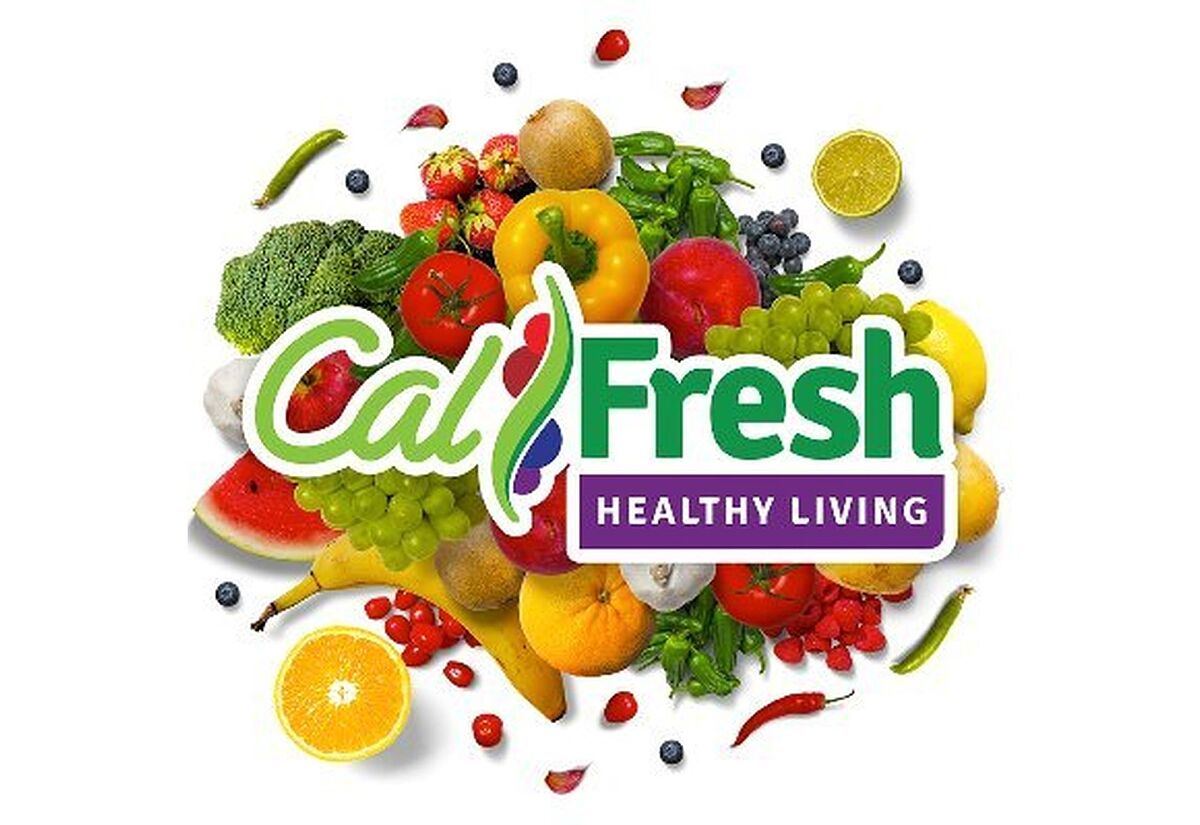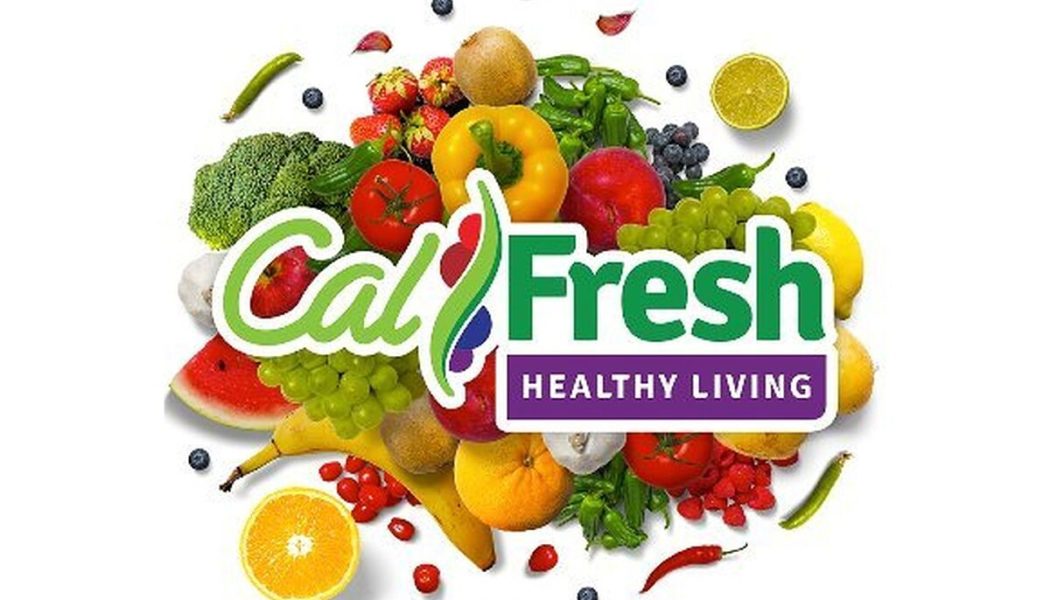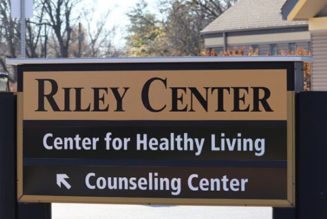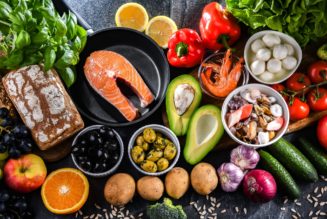
On October 1, 2008, the United States‘ federal government officially renamed its Food Stamp Program to what is now known as the Supplemental Nutrition Assistance Program (SNAP).
It is estimated that over 42 million American residents benefitted from the SNAP program in 2022, with a large proportion of claims coming from California.
What is SNAP?
The Supplemental Nutrition Assistance Program, which the United States Department of Agriculture administers, enables low-income families to procure groceries and other food items by providing them with a monthly cash injection through an Electronic Benefit Transfer (EBT) Card.
Of the aforementioned 42 million residents that received SNAP benefits, approximately 26 million Americans, or roughly 12 percent of the United States population, rely on these benefits to help them meet their nutritional requirements.
What is CALFresh?
In the state of California, the SNAP scheme is called CALFresh because the state government wanted to promote the benefit as a health and nutrition program.
“California, like many other states, chose to explore other naming options,” a statement issued by the Californian state government reads.
“In 2008, the California legislature passed AB 433, which required the development of a name for California that reflected several facts: “stamps” no longer exist, the program can support healthy living, the program has benefits to California agriculture, and CalFresh is a health and nutrition program.”
What is CALFresh Healthy Living?
The CALFresh Healthy Living initiative is a supplemental program to CALFresh that aims to provide nutrition education for individuals who are enrolled in or eligible to enroll in SNAP.
The program is backed by both the Federal and State government and uses several local partners to help spread awareness on six key parameters. These parameters are:
- Early Childhood Education
- K-12 Schools and Afterschool Programs
- Healthcare Clinics
- Food Banks/Pantries
- Produce Distribution
- Nutrition Education and Physical Activity









